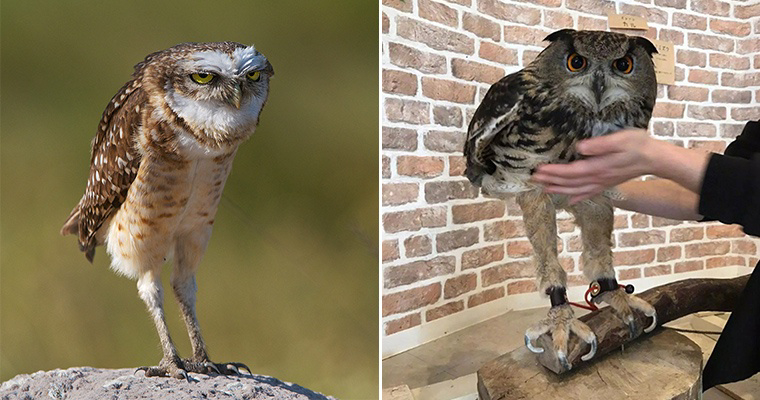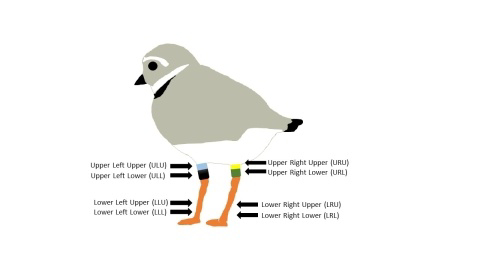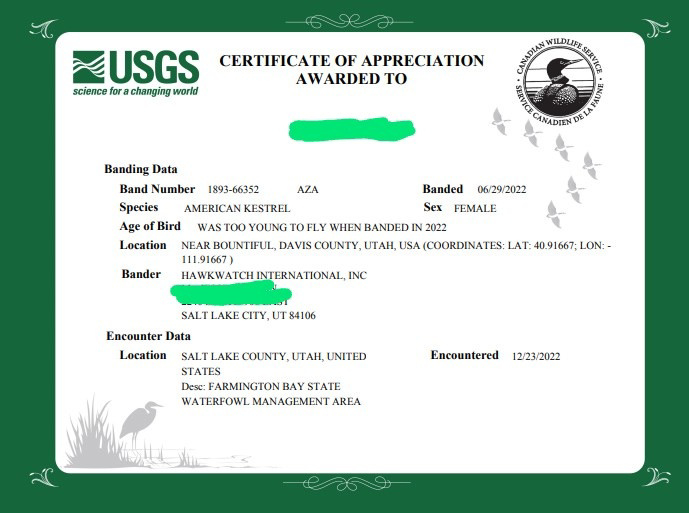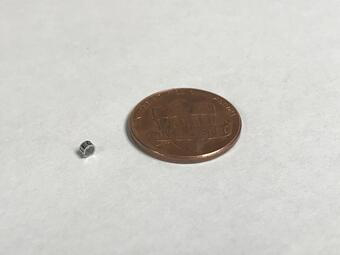Since the last photo of the owl getting banded had a lot of you thinking it was getting an amputation, I thought I’d share some of the gear that is used.
Firstly, here is a video about banding. This is the one I linked in the other post, but I don’t think many saw it. It’s a long video, but the first 5 minutes are banding the owl, then they measure it, determine sex, and do the UV light test to agree it. Lots of interesting stuff in here.

These are bands. You can see they come in a wide range of sizes. They’re just a ring of metal with an ID number on them. They are out around the Tarsus with banding pliers.

The pliers have a raised post (red arrow) to open up the band, and blunt holes (green arrow) matched to the size of the ring so it can only be closed to a safe size.

How do you know what size rings and pliers to use? There is a sizing gauge!

If a band does happen to be too snug, there is a tool to spread it back open.

I’d post more, but without native uploads working, I don’t want to make a big post and have it not work.
Thanks!
Don’t the owl’s legs grow over time? What then? (The ring doesn’t grow.)
Edit: What if an owl asks for a ring in a different colour (like pink or light-blue) - can it get one?
The USGS is in charge of banding in the United States. They have a guide to band sizing and the size ranges do not seem very small in their recommendations. I see you’ve got the “u” in color, so I’m assuming you’ve got someone else doing the same thing where you are.
The bands aren’t going over the meaty part of the leg, so the Tarsus should be mostly grown by the time the bird is banded, especially with one caught during migration since they should be mostly full size by then.

You can see the owl’s legs have an owl up top, and a very large foot at the bottom, so the band doesn’t need to be too snug to not come off. It does need to be small enough that it won’t get caught on things though. That is probably the more likely problematic scenario.
As to color preference, the bird probably just wants to be back on its way as soon as possible. The colors seem to be a color code for particular purposes, so they are likely limited to specific usage, but if a bird were to somehow ask, how could anyone deny a talking bird?! 😅
:)
Thanks. I learned today.
Some additional banding info:

Some birds can get very decked out with bird bling. This chart shows all the locations birds can be banded. When someone reports a banded bird, they’ll be asked for all the IDs they can supply to confirm the bird.

If you do report a bird and they can verify it, they’ll send you a certificate and info on that bird’s band!

Birds as small as hummingbirds are banded. Here is one tiny bird band.
“Bird bling” has just been added to my vocabulary.


